- Fast results
- 4,000+ locations
- 4.8 star rating
Need Help? (888) GET LABS



Iron is a foundational mineral for producing hemoglobin, the protein that contains oxygen in the blood. It also plays vital roles in muscle functions, immunity, energy synthesis, and more. Meat is a chief source of protein, which is why eliminating it from your diet when you go vegan or vegetarian can impact your protein levels if you don’t properly plan your meals.
In this article, we discuss iron-rich foods for vegetarians and vegans and offer tips to maximize iron absorption.
| Pro tip: Get a vegan/vegetarian profile blood test to monitor multiple nutrient levels and keep you in optimum health. |
Research says that vegans and vegetarians require about 1.8 times more iron(1) than the recommended daily intake. These lifestyles are rooted in plant-based diets and products.
When it comes to iron intake, meat and other animal-based food products contain the highest amounts. Hence, to satisfy the daily dietary iron intake of 10 to 15 mg(2), alternative sources have to be consumed consistently.
To better understand this requirement, it’s crucial to know that iron can be distinguished into two types based on its source: heme and non-heme. Heme iron strictly comes from animal flesh, while non-heme iron is contained in plant foods, with some found in plant-eating animal meat.
Between heme and non-heme iron sources, the body does not readily absorb the latter. Hence, giving up meat and its derivatives can drastically impact your iron levels if proper meal planning is not tailored to your needs.
In a study published in Nutrients, iron levels were compared between vegetarian and omnivore women within their optimum menstrual years. The results showed that the vegetarian group experienced a higher prevalence of iron deficiency(3) than their omnivore counterparts.
Another study involving vegans, vegetarians, and pescetarians in Norway noted an increased risk of iron depletion(4) among women who don’t consume meat and heme iron-food sources. Iron depletion is characterized by low iron stores.
Read more:
Individuals adopting a plant-based diet have a wide range of selections for iron-rich foods. When planning meals, remember to add them in ample amounts, as recommended by your doctor or nutritionist.
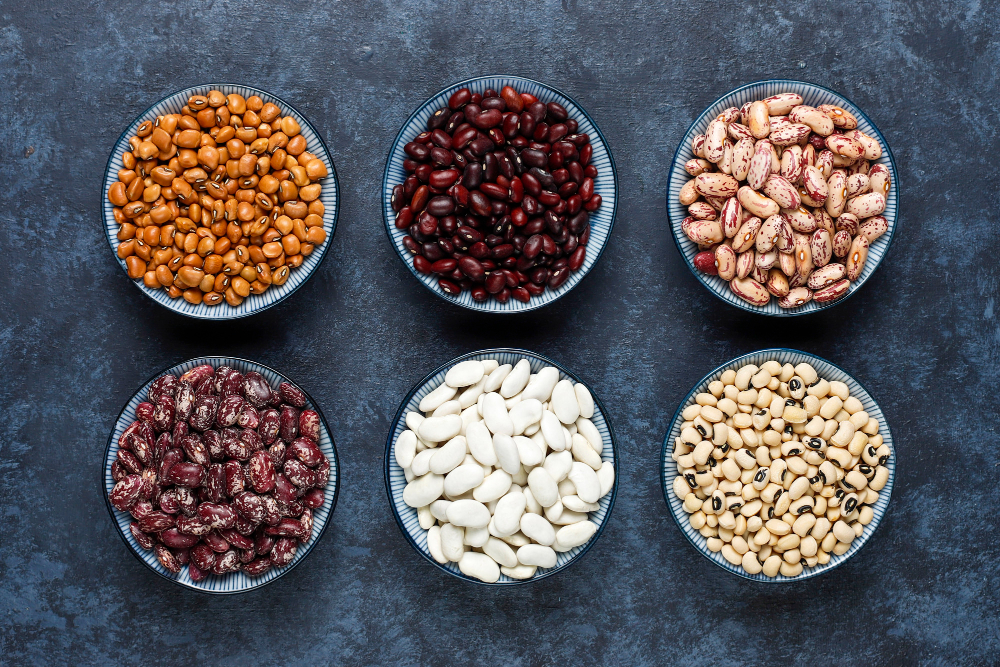
Including legumes in your diet boosts your iron levels and provides other essential nutrients, like protein, folate, and fiber. With their incredible versatility, legumes are a powerhouse food choice that can benefit anyone, not just vegans and vegetarians.
Source: USDA FoodData(5)
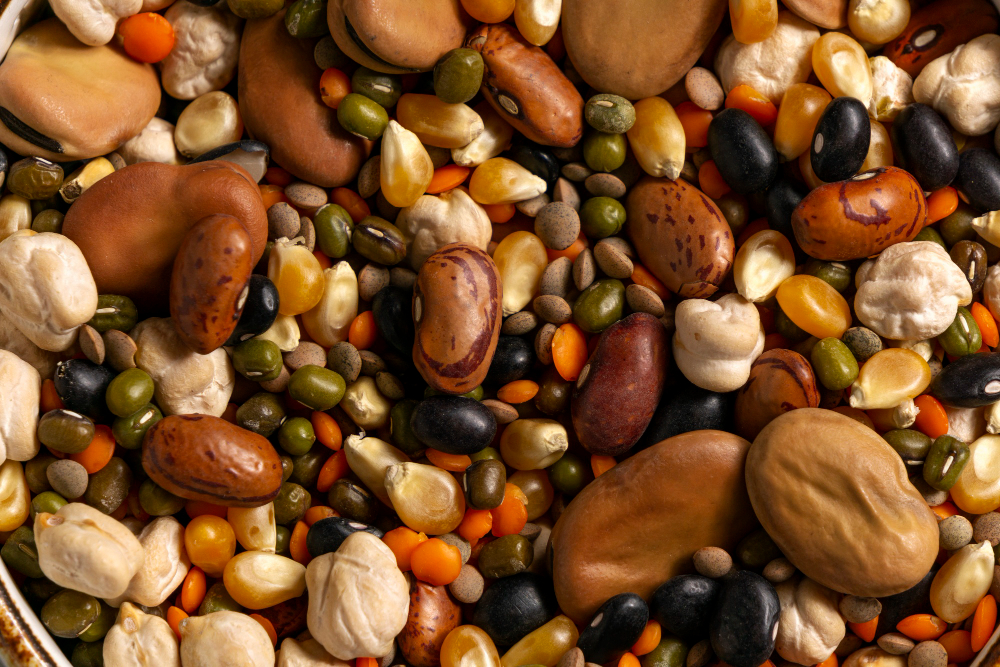
Various nuts and seeds contain a good amount of non-heme iron. They can also be easily incorporated into many types of dishes and are solid choices for snacks in between meals. The following are some of the options you can add to your diet.
Source: USDA FoodData(5)
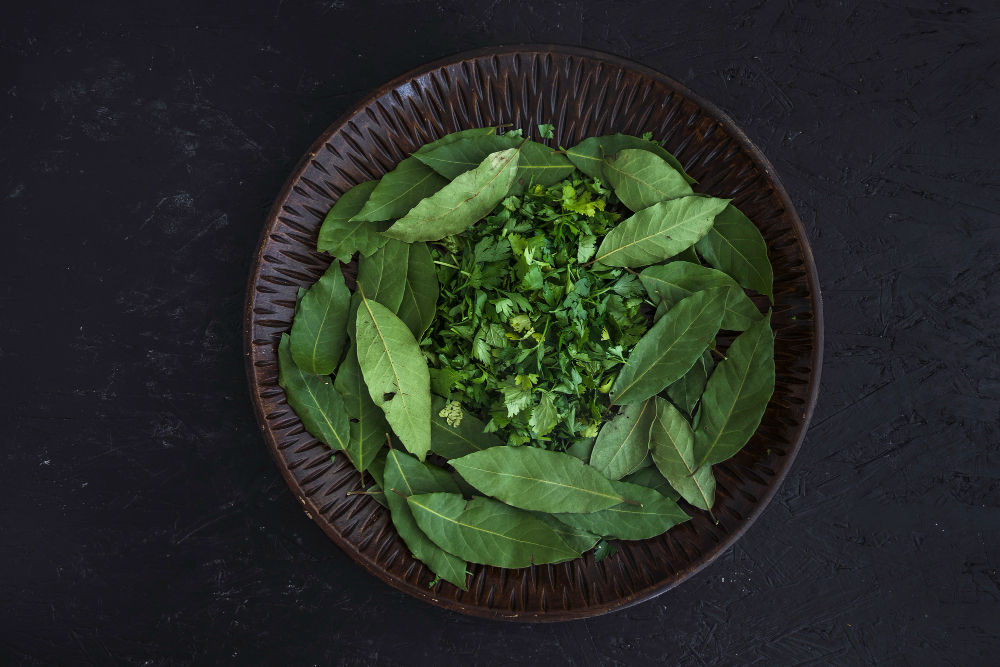
Aside from containing ample nutrients like iron, dark leafy vegetables are some of the most versatile food options for meal preparations. You can make smoothies, salads, soups, and side dishes using the following.
Source: USDA FoodData(5)
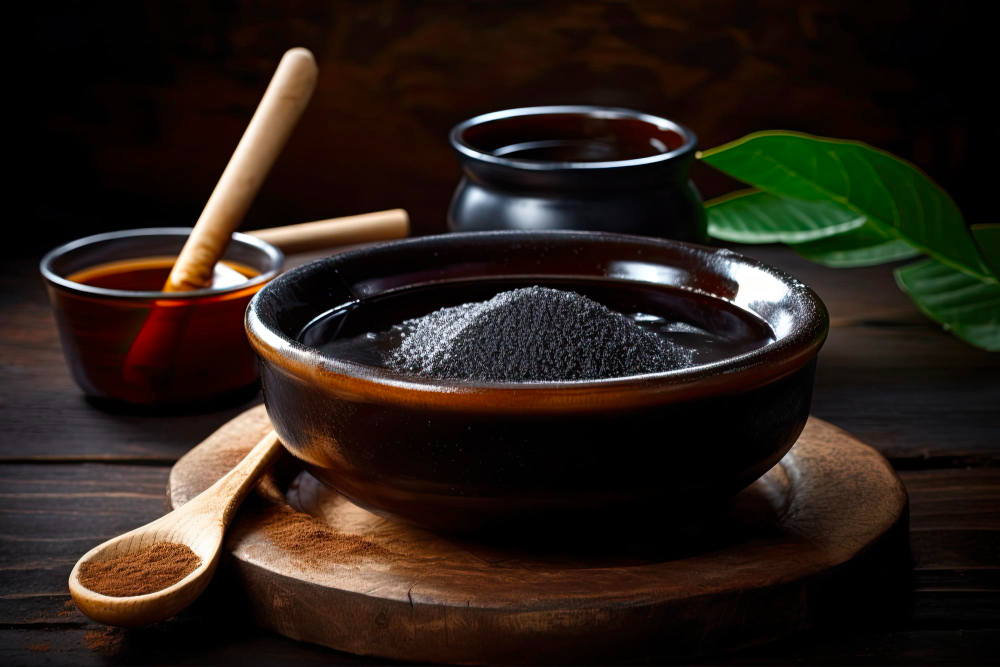
Molasses, particularly Backstrap molasses, has a good amount of iron. In fact, it can provide around 20% of your daily dietary recommendation.
Backstrap molasses contains 3.6 mg of iron per tablespoon. It can be used as a sweetener or marinade, but it is also safe to consume it as is.
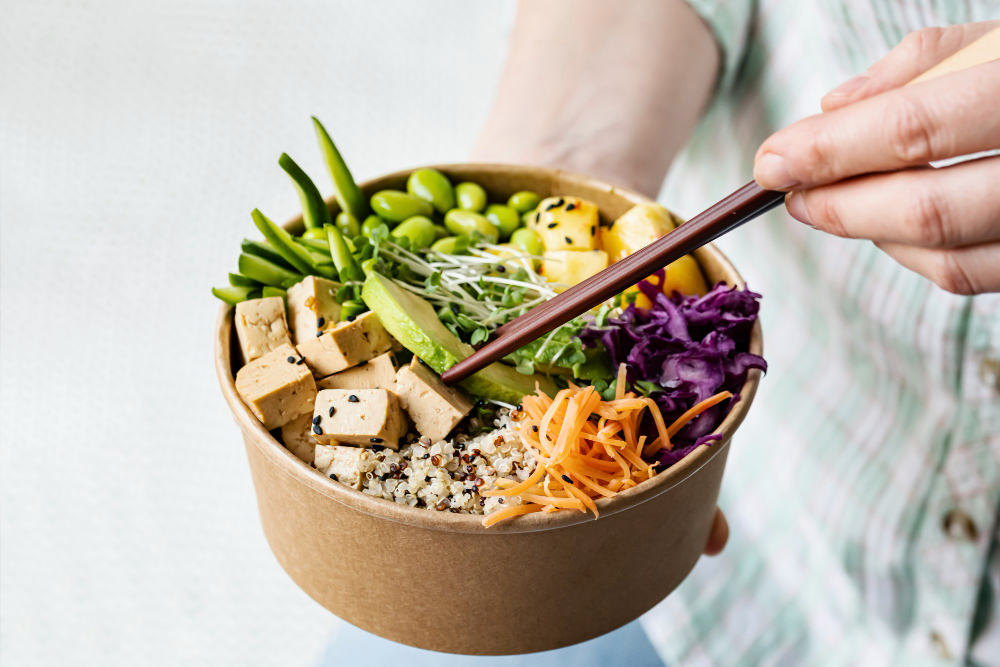
Tofu is made of soybeans and is a great iron and protein alternative to meat. For every 100 grams of regular tofu, you get around 5.36 mg of iron(6).
Tofu has gained popularity among vegans and vegetarians, not only because it is an effective meat substitute in many recipes but also because of its versatility.
It is also used in many vegan dishes because it easily absorbs various flavors and can be converted into many forms, such as tofu powder.
Dried fruits contain more iron per serving than fresh fruits due to water removal during the drying process. This makes the nutrients, including iron, more concentrated.
Source: USDA FoodData(5)
Accessible, convenient, and packed with iron, fortified cereals are a good choice for vegans to reduce food prep time, especially in the morning.
Fortification is a reliable way to add iron to cereals as it ensures a consistent and accurate amount of the essential mineral.
Moreover, iron-fortified cereals often include other vital vitamins and minerals. Thus, they provide a comprehensive nutritional package that can benefit your health as a whole.
Aside from eating vegan foods high in iron, it’s imperative to check your food intake concerning other nutrients and how your meals are prepared. Take a look at these ways to enhance your iron absorption.
Read more: 8 Foods High in Vitamin C (+ Best Ways To Consume Them)
Supplementation is another way to increase iron levels. However, you should get your doctor’s advice before taking any iron supplement pills. Likewise, you should keep an eye on symptoms of iron-deficiency anemia.
Planning your daily meals and including sufficient iron-rich foods can help increase your iron levels. Strategize your diet and diversify your food. Plus, make sure to get tested if you exhibit symptoms of iron-deficiency anemia, such as tiredness, pale skin, and shortness of breath. If the deficiency is confirmed, you may need supplementation. Talk to your doctor regarding the dosage of the supplement.
During pregnancy, a woman must have 27 mg of iron per day(8) to ensure optimum maternal and fetal health. While heme iron is high in animal-based foods, supposedly covering such requirements, vegan women can continue relying on non-heme iron sources. Subsequent prenatal monitoring to check for iron depletion is crucial for maintaining healthy iron levels among women.
Common foods high in iron, such as green leafy vegetables, tomatoes, iron-fortified cereals, and legumes, are recommended for babies and toddlers as well. However, check with a pediatrician regarding the best time to feed your young children with these foods and the best meal prep.
Iron depletion remains a risk for individuals switching to a vegetarian or vegan diet from meals with animal-based products. However, your risk lowers significantly with proper meal planning, which includes sufficient food-sources of iron. In doing so, work with your doctor to determine which iron-rich foods should make your list and which ones to avoid for reasons such as intolerance and allergies.
Sources:
1 Graham M, Clark C, Scherer A, Ratner M, Keen C. An Analysis of the Nutritional Adequacy of Mass-Marketed Vegan Recipes. Cureus. 2023 Apr 4;15(4):e37131. doi: 10.7759/cureus.37131. PMID: 37153236; PMCID: PMC10159689.
2 Rioux FM, LeBlanc CP. Iron supplementation during pregnancy: what are the risks and benefits of current practices? Appl Physiol Nutr Metab. 2007 Apr;32(2):282-8. doi: 10.1139/H07-012. PMID: 17486170.
3 Slywitch E, Savalli C, Duarte ACG, Escrivão MAMS. Iron Deficiency in Vegetarian and Omnivorous Individuals: Analysis of 1340 Individuals. Nutrients. 2021 Aug 26;13(9):2964. doi: 10.3390/nu13092964. PMID: 34578841; PMCID: PMC8468774.
4 Henjum, S.; Groufh-Jacobsen, S.; Stea, T.H.; Tonheim, L.E.; Almendingen, K. Iron Status of Vegans, Vegetarians and Pescatarians in Norway. Biomolecules 2021, 11, 454. https://doi.org/10.3390/biom11030454
5 U.S. DEPARTMENT OF AGRICULTURE (n.d.). FoodData Central. Agricultural Research Service. Retrieved March 11, 2024, from https://fdc.nal.usda.gov/
6 U.S. DEPARTMENT OF AGRICULTURE (n.d.). Tofu, raw, regular, prepared with calcium sulfate. FoodData Central. Retrieved March 11, 2024, from https://fdc.nal.usda.gov/
7 Kulkarni SA, Ekbote VH, Sonawane A, Jeyakumar A, Chiplonkar SA, Khadilkar AV. Beneficial effect of iron pot cooking on iron status. Indian J Pediatr. 2013 Dec;80(12):985-9. doi: 10.1007/s12098-013-1066-z. Epub 2013 Jul 19. PMID: 23868537.
8 Rioux FM, LeBlanc CP. Iron supplementation during pregnancy: what are the risks and benefits of current practices? Appl Physiol Nutr Metab. 2007 Apr;32(2):282-8. doi: 10.1139/H07-012. PMID: 17486170.

© Copyright 2025 Personalabs. All Rights Reserved.